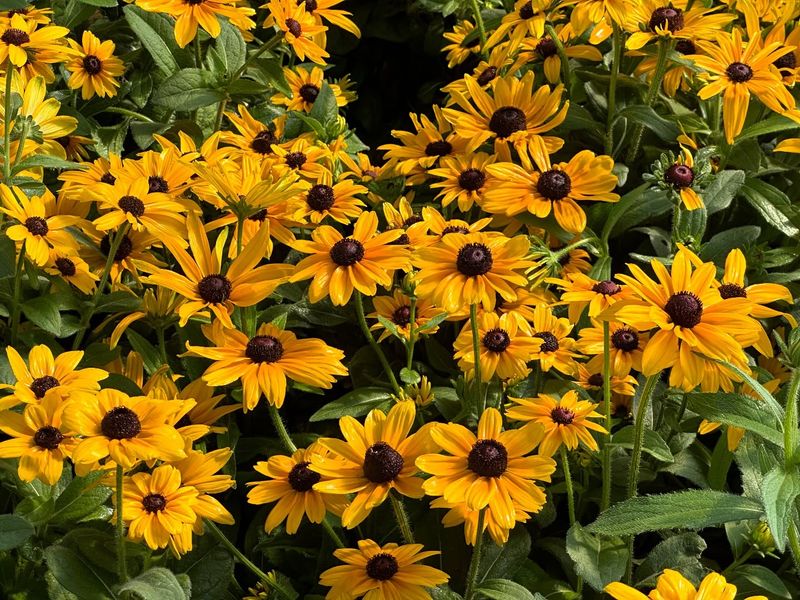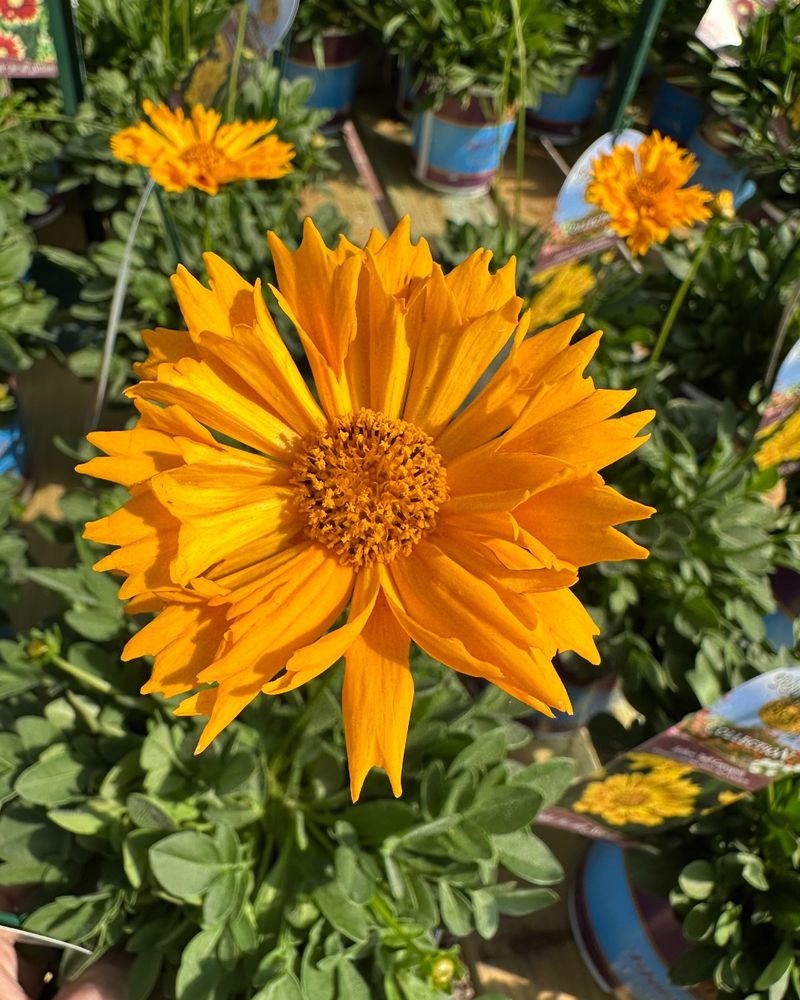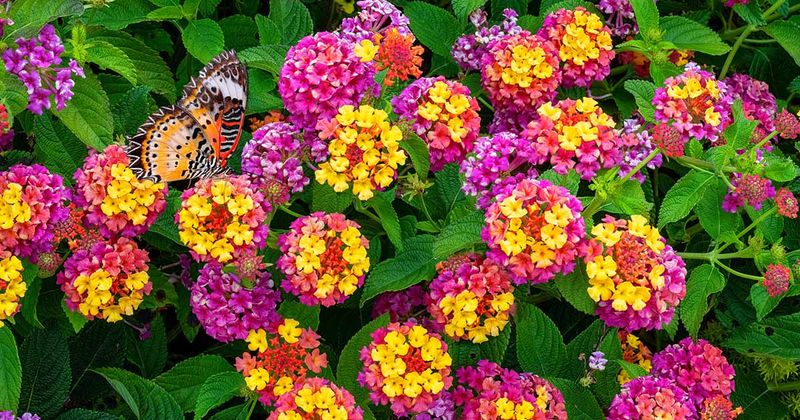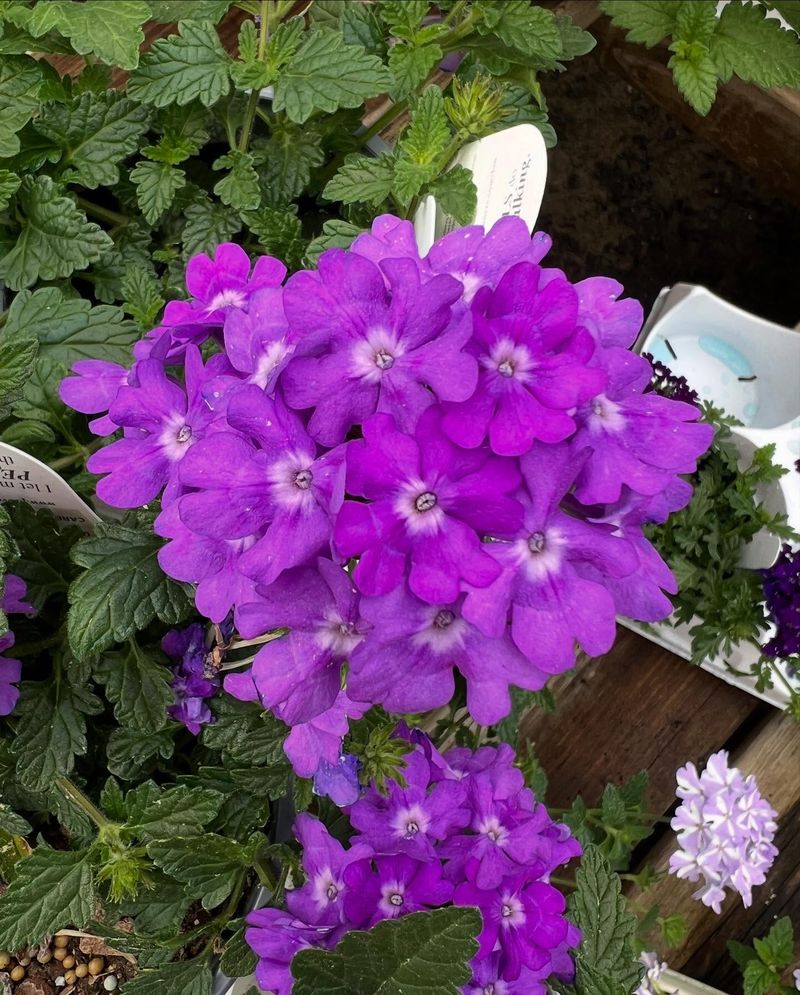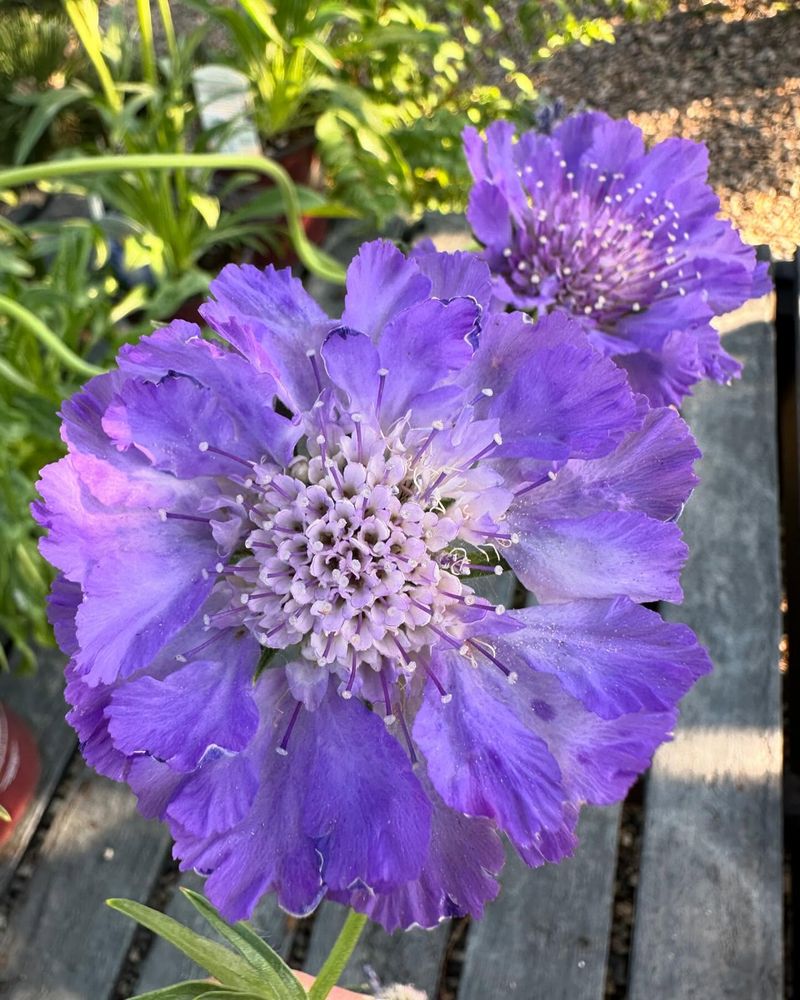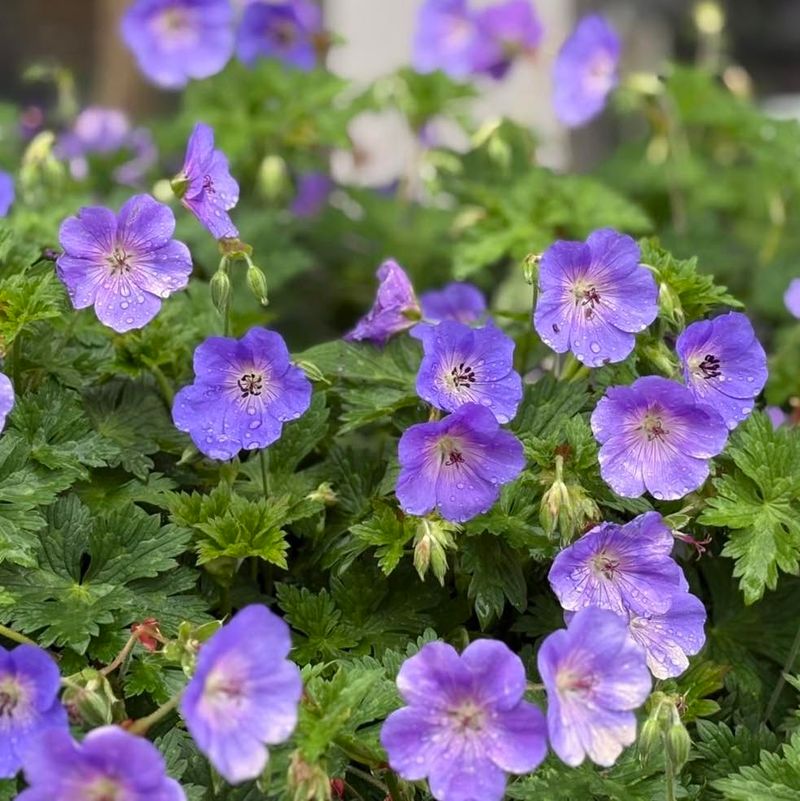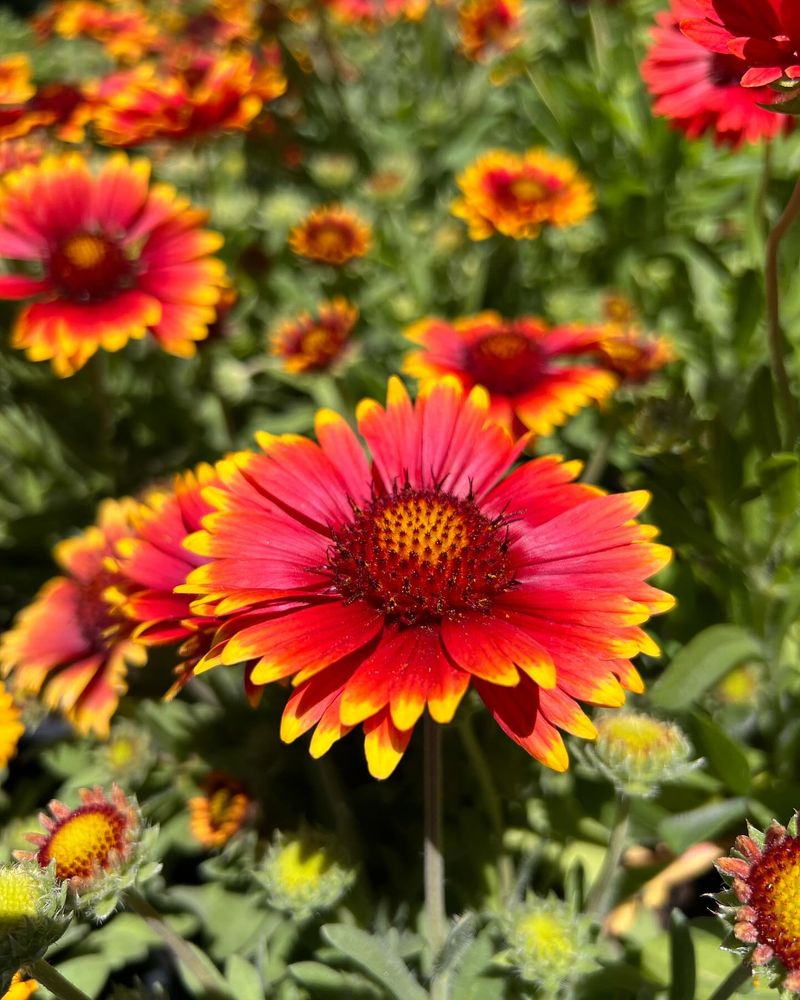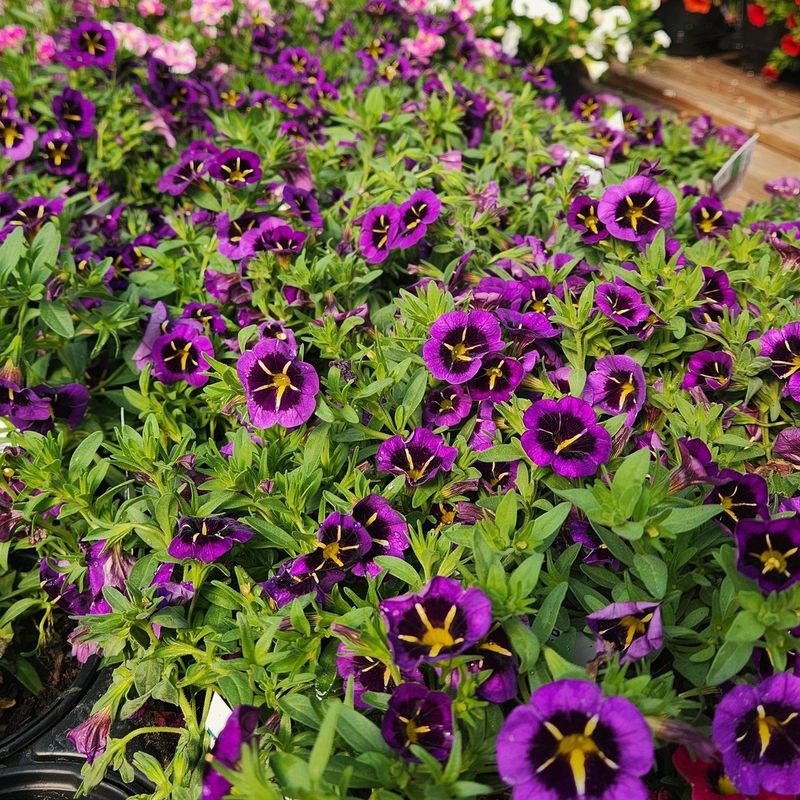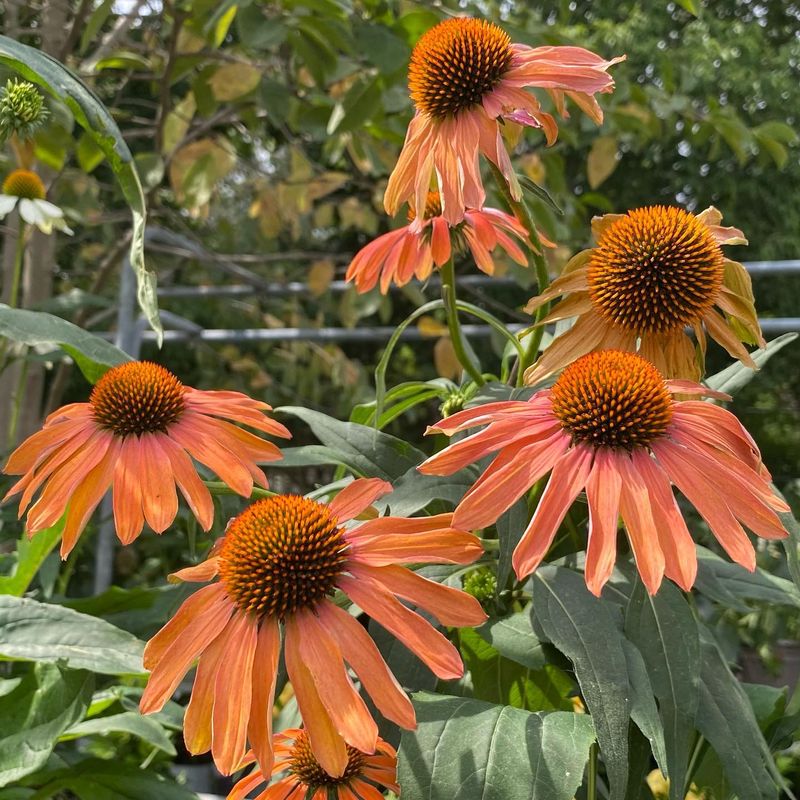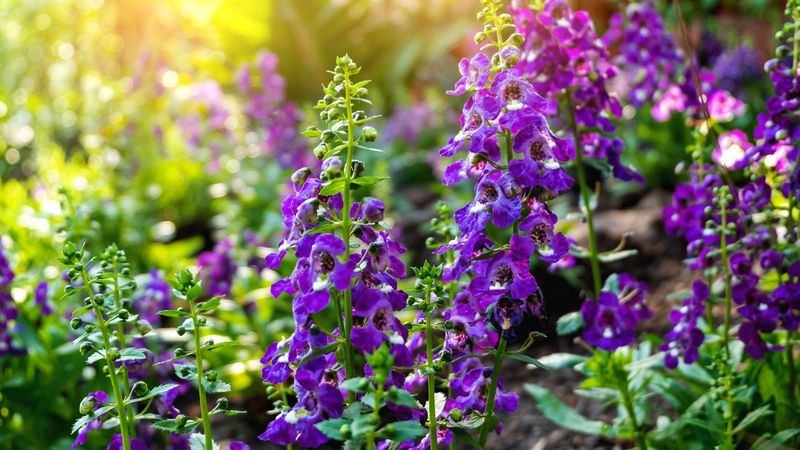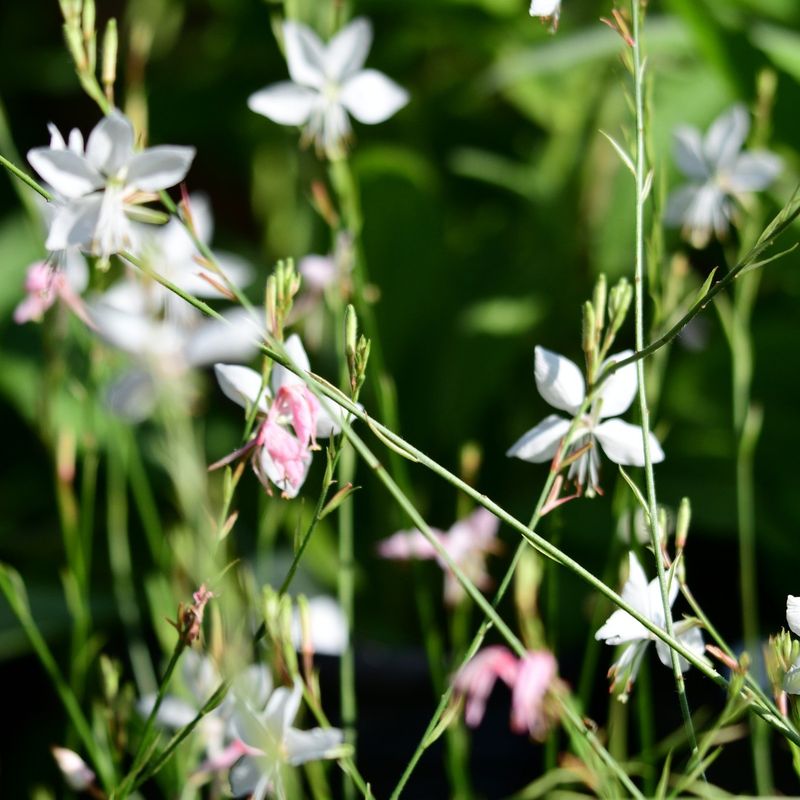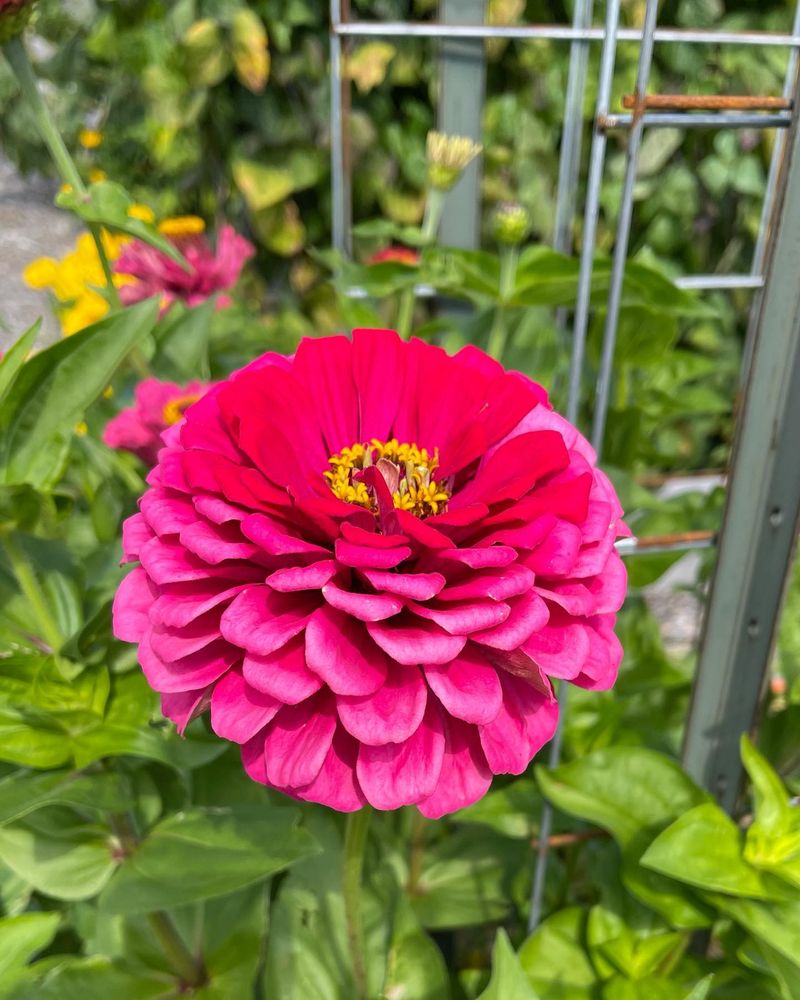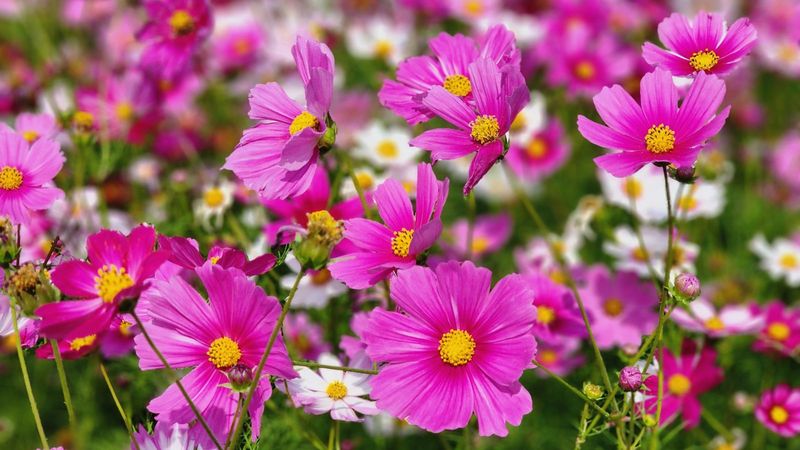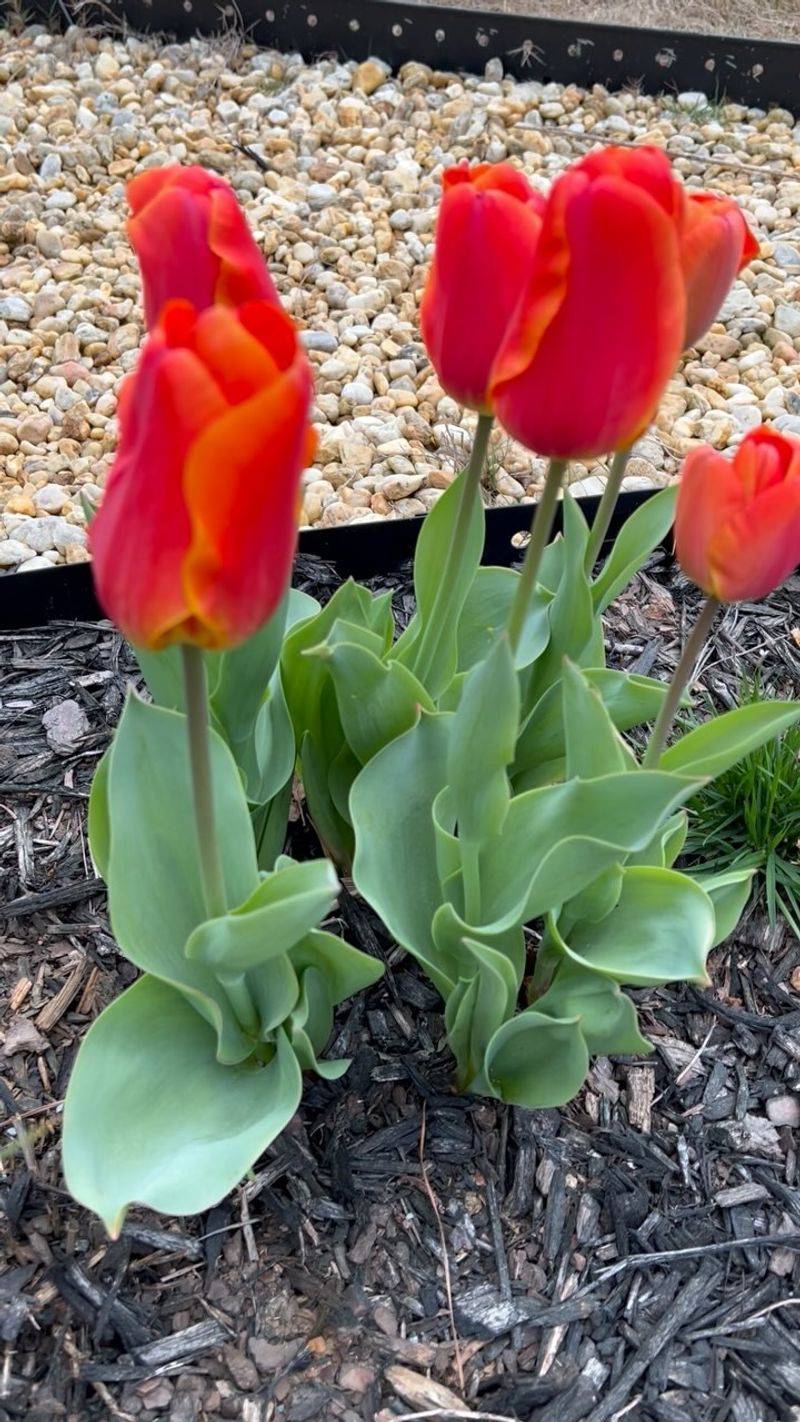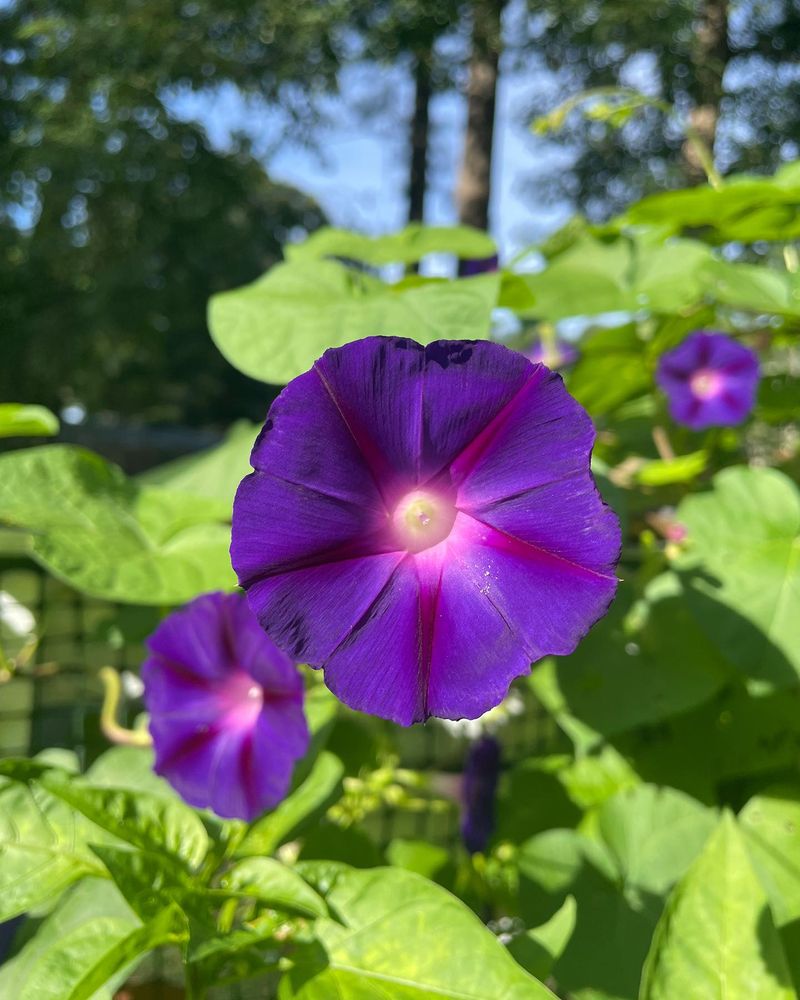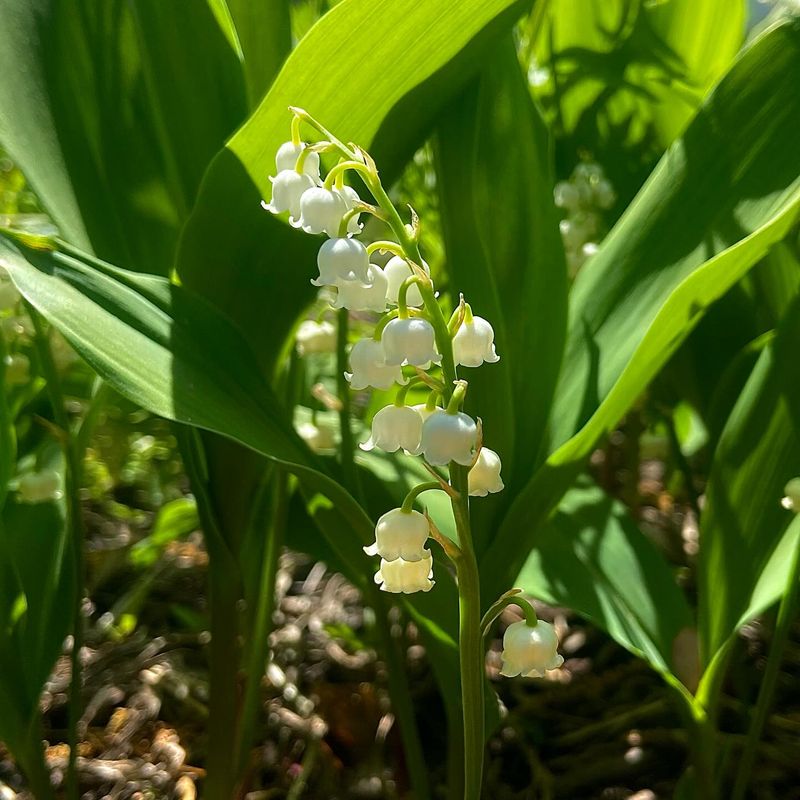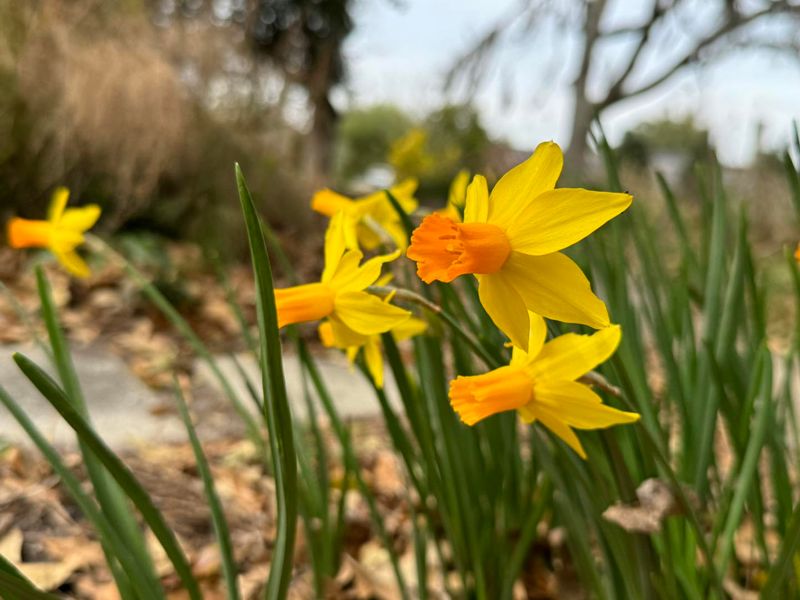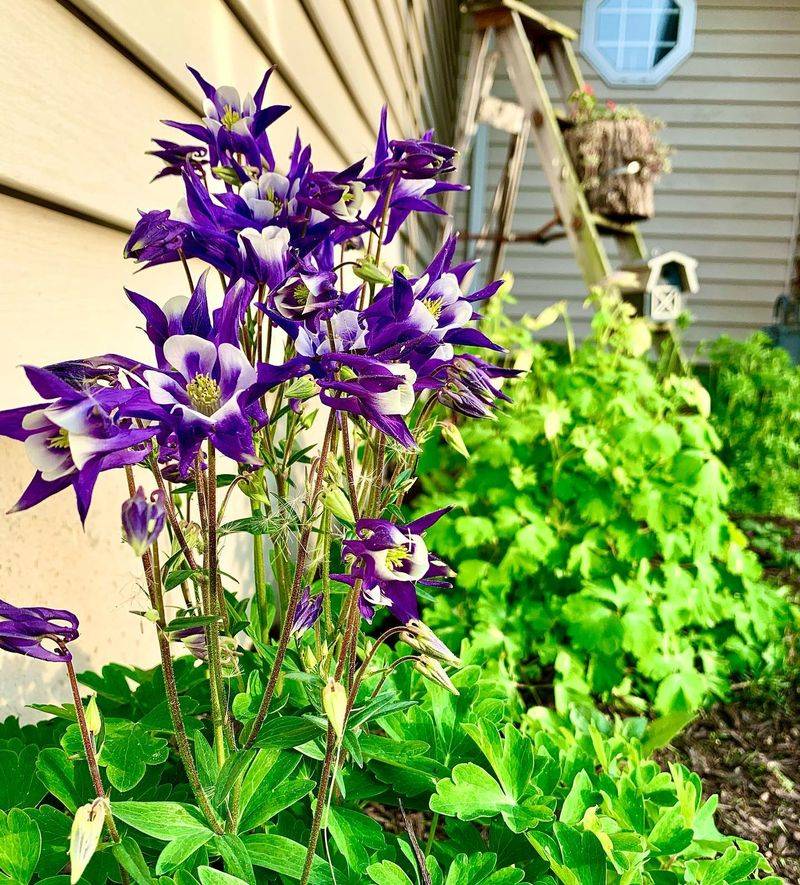Raised beds are one of my favorite ways to grow flowers—they give you great drainage, better control over the soil, and make gardening way easier on the back. But not every flower loves life in a raised bed.
Some plants absolutely thrive in those cozy conditions and give you nonstop color for months. Others, even though they start out strong, fizzle out fast and leave you with more gaps than blooms. After years of experimenting, I’ve figured out which flowers really earn their space in raised beds.
Here’s what to plant for a long-lasting show—and which ones might not be worth the effort.
1. Black-Eyed Susan
You’ll get nearly non-stop blooms from June until first frost with these sunny yellow flowers. In my raised beds, they’ve outperformed almost everything else for sheer blooming longevity.
The well-drained soil in raised beds prevents the root rot that sometimes plagues these plants in regular garden beds. They spread nicely but aren’t aggressive enough to take over completely.
For maximum flowering, give them at least 6 hours of sun daily. I’ve found they need less watering in raised beds than you might expect, showing remarkable drought tolerance once established.
2. Coreopsis
Heat doesn’t bother these hardy bloomers one bit, making them perfect candidates for the sometimes warmer environment of raised beds. The improved drainage helps prevent the crown rot that can affect them in regular garden settings.
My raised bed coreopsis starts flowering in early summer and doesn’t quit until fall frosts arrive. Deadheading spent blooms every few weeks keeps them looking fresh and encourages even more flowers.
Space them about 12-15 inches apart in your raised bed. They thrive in the looser soil mix typical of raised gardens, developing stronger root systems than their in-ground counterparts.
3. Salvia
Growing salvia in my raised beds has been a game-changer compared to traditional gardens. The excellent drainage prevents root problems during rainy periods, while the plants seem to bloom almost continuously from late spring through fall.
Hummingbirds constantly visit the spiky purple, blue, or red blooms. The controlled environment of raised beds makes it easier to maintain the slightly alkaline soil these Mediterranean natives prefer.
Unlike some perennials that fade quickly, salvias maintain their compact shape and don’t get leggy in raised settings. A mid-summer trim often triggers a whole new flush of blooms when other flowers are starting to fade.
4. Lantana
Raised beds provide the perfect warm-soil environment that lantana craves, especially in cooler climate zones. The multicolored flower clusters keep coming from early summer until frost, changing hues as they mature.
Butterflies absolutely mob my lantana plantings. The soil control in raised beds lets me create the slightly acidic, well-drained conditions that keep these plants blooming their hearts out for months.
Plant them where they’ll get at least 6-8 hours of direct sun daily. One advantage I’ve noticed is that raised beds help lantana establish more quickly than in-ground plantings, leading to earlier and more prolific flowering.
5. Verbena
The fast-draining conditions of raised beds prevent the crown rot that often cuts verbena’s flowering season short in traditional gardens. Their low, spreading habit makes them perfect for cascading over raised bed edges.
Even during August heat waves, my verbena keeps pumping out clusters of tiny flowers in purple, pink, or white. The controlled soil environment helps maintain the neutral to slightly acidic pH they prefer.
Verbena benefits from the warmer soil temperatures in raised beds, often blooming earlier in spring and continuing later into fall than ground-planted specimens. For maximum flowering, position them where they’ll receive full morning sun.
6. Scabiosa (Pincushion Flower)
Few flowers match the non-stop blooming power of scabiosa in raised bed settings. The frilly, pin-cushion-like blooms appear in early summer and continue relentlessly through fall if regularly deadheaded.
Raised beds provide the sharp drainage these plants demand. My scabiosa suffered in regular garden beds but thrived once moved to raised planters with a grittier soil mix.
Bees and butterflies constantly visit these blooms, making them valuable for pollinator gardens. The deeper soil of raised beds accommodates their long taproots better than shallow containers, resulting in more vigorous plants and extended flowering periods.
7. Geranium (Cranesbill)
Hardy geraniums have surprised me with their marathon blooming in my raised beds. Unlike their annual cousins, these perennial types flower from late spring through autumn with just a slight pause during the hottest weeks.
The controlled soil environment helps prevent the root competition that can reduce flowering in ground-level gardens. After their initial flush, a quick trim encourages a whole new round of blooms.
Spacing becomes less critical in raised beds since the improved soil structure allows roots to spread more efficiently. I’ve found varieties like ‘Rozanne’ will bloom continuously for over 4 months in raised settings, far longer than their usual garden performance.
8. Gaillardia (Blanket Flower)
The perfect drainage of raised beds keeps gaillardia blooming when ground-planted specimens might succumb to wet feet. Their daisy-like red and yellow flowers start appearing in early summer and don’t stop until hard frost.
Heat and drought don’t faze these tough natives one bit. In my raised beds, they’ve bloomed straight through weeks without rain that caused other flowers to shut down production.
The loose, sandy soil mix I use in raised beds mimics their natural growing conditions perfectly. For maximum flowering, position them where they’ll receive at least 6-8 hours of direct sun and resist the urge to over-fertilize, which produces more leaves than flowers.
9. Calibrachoa (Million Bells)
Raised beds solve the two main problems that typically cut calibrachoa’s flowering season short: poor drainage and difficult pH management. The tiny petunia-like blooms literally cover the plants from spring through frost.
Using a slightly acidic soil mix in raised beds helps prevent the yellowing that often affects these plants in alkaline conditions. When planted in ground beds, they rarely perform as well as they do in controlled soil environments.
Space plants about 8-10 inches apart in raised settings. Unlike petunias, calibrachoa in my raised beds bounce back quickly after rain, with the flowers not turning to mush from water weight – a huge advantage during wet periods.
10. Echinacea (Coneflower)
The deep soil profile of raised beds allows coneflowers to develop extensive root systems, resulting in stronger plants that bloom longer than their garden-planted counterparts. Their distinctive daisy-like flowers with raised centers appear from summer through early fall.
Raised bed growing helps prevent the root rot that sometimes affects these prairie natives during wet seasons. I’ve noticed significantly longer bloom times in my raised plantings compared to the same varieties in traditional beds.
Butterflies constantly visit the flowers, while birds will come for the seedheads if left standing. Newer varieties like ‘PowWow Wild Berry’ seem especially suited to raised bed culture, with more abundant reblooming than older types.
11. Dianthus
Raised beds provide the perfect growing environment for dianthus, with their need for excellent drainage and neutral to slightly alkaline soil. The spicy-scented flowers appear in waves from spring through fall if deadheaded regularly.
Unlike many perennials that have a defined bloom period, dianthus in my raised beds seem to flower almost continuously. The controlled soil conditions prevent the crown rot that often shortens their lifespan in traditional gardens.
Modern varieties like the ‘Constant Beauty’ series truly live up to their name in raised settings. Position them near the bed edges where their delightful clove fragrance can be appreciated and their neat, compact growth habit can be showcased.
12. Angelonia
Often called summer snapdragon, angelonia has become my go-to raised bed flower for reliable summer-long color. The upright spikes of purple, pink, or white blooms shrug off heat and humidity that makes many other flowers shut down.
Raised beds provide the warm soil these tropical-origin plants crave. I’ve found they start blooming earlier and continue later in the season compared to in-ground plantings, especially in cooler climate zones.
Their tidy growth habit means no staking or cutting back mid-season. For maximum flowering, position them where they’ll receive at least 6 hours of direct sun daily and use a soil mix that drains quickly after rain.
13. Gaura
The dancing butterfly-like blooms of gaura float above the foliage on wiry stems from early summer until frost. Raised beds accommodate their long taproots better than shallow containers, resulting in plants that truly thrive rather than merely survive.
My raised bed gaura starts flowering weeks earlier than in-ground plants. The excellent drainage prevents the root rot that can affect them during wet periods, while the deeper soil profile helps them weather dry spells without stress.
For best performance, use a lean soil mix without too much organic matter. Overly rich conditions produce floppy plants with fewer flowers, while the slightly stressed conditions of a gritty mix encourage abundant blooming.
14. Zinnia
Few annual flowers deliver as much bang for your buck as zinnias in raised beds. The improved drainage helps prevent the powdery mildew that often cuts their season short in traditional gardens, resulting in non-stop blooms from early summer until frost.
Raised beds make it easier to give these sun-lovers the full 8+ hours of direct light they crave. I’ve found they establish more quickly in the warmer soil of raised settings, reaching flowering size weeks earlier than ground plantings.
Space them generously (about 8-12 inches apart) to ensure good air circulation. The controlled soil environment makes it easy to maintain the neutral pH and moderate fertility levels that produce the strongest stems and most abundant flowers.
15. Cosmos
The raised bed environment seems to strike the perfect balance for cosmos – rich enough to support abundant blooming but not so rich that they grow lanky with few flowers. Their daisy-like blooms in white, pink, or magenta appear from early summer until frost.
Unlike many flowers that fade in August heat, cosmos hit their stride when temperatures soar. I’ve noticed they branch more profusely in raised settings, creating fuller plants with significantly more flower heads than their in-ground counterparts.
The controlled soil profile makes it easier to maintain the moderately fertile conditions these meadow plants prefer. Too much nitrogen produces leafy plants with delayed flowering, while the “lean” approach results in bloom-covered specimens.
16. Tulips
Though magnificent when in bloom, tulips offer one of the shortest flowering periods of any bulb. Each flower lasts barely a week, with the entire display typically finished within 2-3 weeks, leaving a noticeable gap in spring raised beds.
The excellent drainage of raised beds actually works against extending their bloom period. In my experience, the warmer soil temperatures can speed up their lifecycle rather than prolong it, especially during warm springs.
After flowering, the foliage must remain until it yellows completely, creating an unsightly period in your raised bed. Consider planting them behind later-emerging perennials that can hide the fading foliage while providing their own blooms.
17. Morning Glory
Despite their reputation as continuous bloomers, morning glories often disappoint in raised beds. The flowers open for just a single day, and the plants typically take until late summer to start producing blooms in earnest – only to be killed by the first frost.
The confined root space of raised beds seems to delay their flowering even further. I’ve grown the same varieties in ground-level gardens with much earlier bloom times compared to raised settings.
Their aggressive vining nature can quickly overwhelm neighboring plants in the limited space of a raised bed. For vertical interest with more reliable, longer-lasting blooms, consider alternatives like thunbergia (black-eyed Susan vine) or smaller clematis varieties instead.
18. Lily Of The Valley
The tiny bell-shaped flowers of lily of the valley create a magical spring moment that lasts barely two weeks before disappearing completely. The raised bed environment, while excellent for many plants, actually shortens their already brief display.
After flowering, the plants offer nothing but plain green leaves for the remainder of the growing season. I’ve found they spread less vigorously in the contained environment of raised beds compared to their sometimes invasive behavior in open gardens.
The warmer soil of raised beds can stress these woodland natives during summer heat, causing the foliage to decline prematurely. For longer-lasting spring blooms in raised settings, consider brunnera or hellebores, which offer months rather than days of flowering.
19. Daffodils
While cheerful harbingers of spring, daffodils provide a remarkably short bloom period in raised beds – typically just 2-3 weeks total. Their flowers often fade more quickly in the warmer soil environment compared to in-ground plantings.
The post-bloom period creates a design challenge in raised beds. The foliage must remain until it yellows completely (usually 6-8 weeks), yet provides no ornamental value during this time, creating a messy appearance in otherwise tidy raised plantings.
I’ve tried many varieties hoping for extended displays, but even succession planting different types only stretches the season to about a month total. For longer-lasting spring color in raised beds, consider combining them with later-blooming perennials that emerge as the daffodils fade.
20. Columbine
Despite their delicate beauty, columbines offer a disappointingly brief flowering period in raised beds – typically just 3-4 weeks in late spring. The flowers don’t open simultaneously, but the entire display comes and goes with surprising speed.
Heat hastens the end of their blooming season, and the warmer soil of raised beds can accelerate this decline. After flowering, the foliage often becomes mildewed or tattered looking, creating an unsightly gap in your carefully planned raised bed design.
While they self-seed readily, the seedlings take a full year before flowering. I’ve found better success with longer-blooming alternatives like hardy geraniums, which offer similar delicate flowers but continue blooming for months rather than weeks.


